ABR hearing test

specialists

equipment

treatment

Indications for the study
- If the newborn is underweight (below 2600 g)
- In case of hypoxia (lack of oxygen) during childbirth
- For severe jaundice that negatively affects the auditory nerve
- For rubella, syphilis and other infectious diseases suffered by the mother during pregnancy
- When taking certain medications during pregnancy
- Children who have been in the NICU for more than two days have a high risk of hearing loss
General information about the procedure
Decoding the results of the KSVP
After completion of CVSP hearing, the patient immediately receives the results. They include a text description, a graphical display and a doctor's report.
Analysis of the results of auditory evoked potentials in children and adults includes several aspects:
- The presence of a reaction to sound. Checks whether the patient responds to sound stimuli
- Hearing threshold. The doctor determines the minimum sound level that is still perceived by hearing
- The shape of the waves on the graph. The characteristic features of the graphic image of the response wave are assessed
- Peak amplitude. The maximum values reached by the waves on the chart are measured
- Interpeak intervals. The doctor analyzes the time between individual wave peaks, which helps estimate the speed of transmission of the sound signal
The study of CVEP effectively identifies various hearing impairments, including:
- Conductive hearing loss of any origin
- Auditory neuropathy spectrum disorder
- Sensorineural hearing loss associated with damage to the outer hair cells, including cases where it affects only one ear
It is mandatory to take into account the age norm with which the doctor compares the obtained indicators.
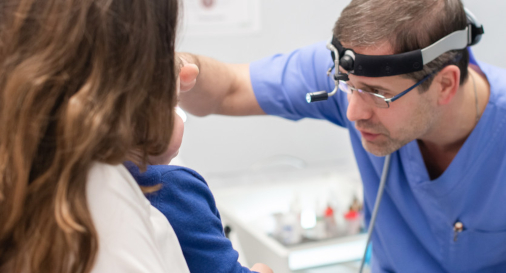
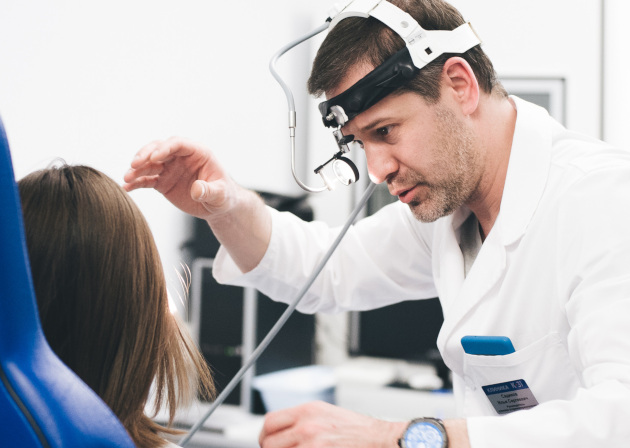
How is an appointment with an otolaryngologist at K+31?
Our doctors

This award is given to clinics with the highest ratings according to user ratings, a large number of requests from this site, and in the absence of critical violations.

This award is given to clinics with the highest ratings according to user ratings. It means that the place is known, loved, and definitely worth visiting.

The ProDoctors portal collected 500 thousand reviews, compiled a rating of doctors based on them and awarded the best. We are proud that our doctors are among those awarded.
Make an appointment at a convenient time on the nearest date
Price
Other services

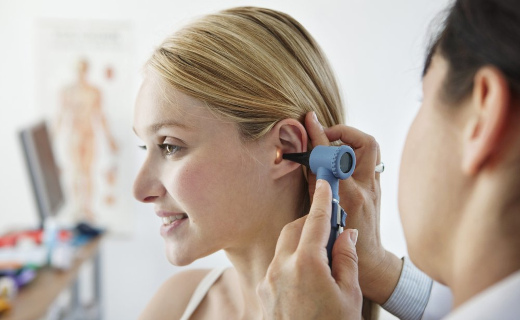
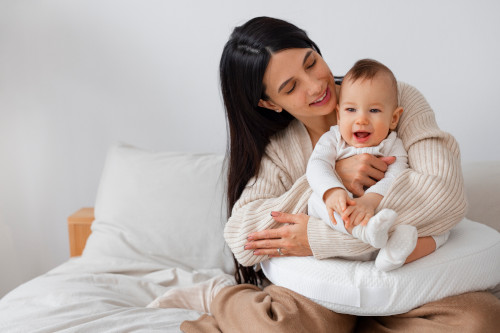
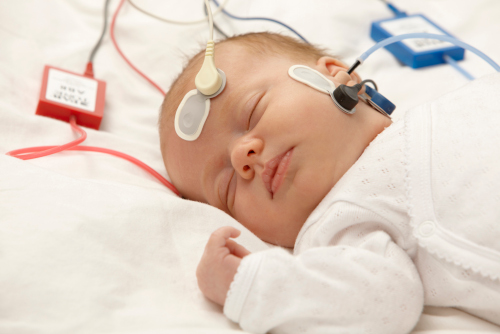

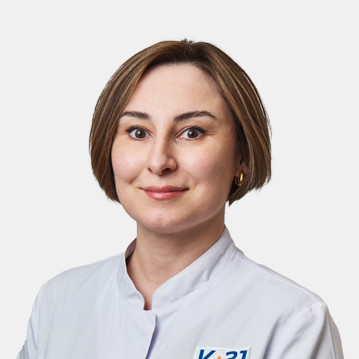
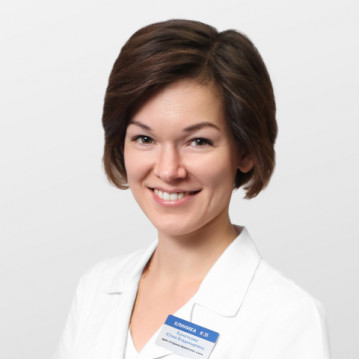

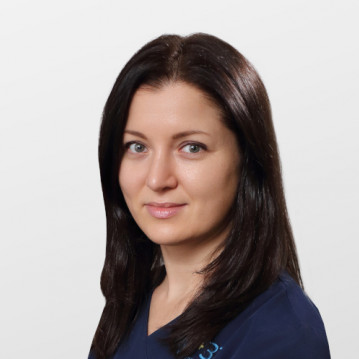
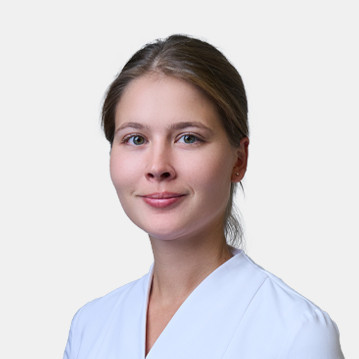
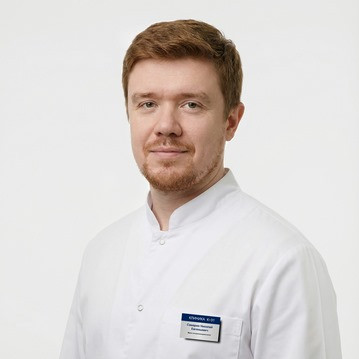
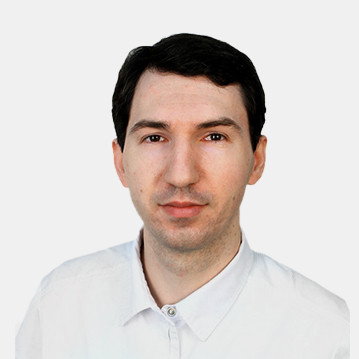
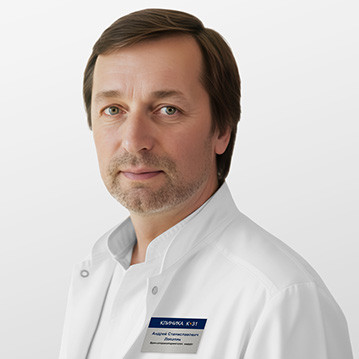
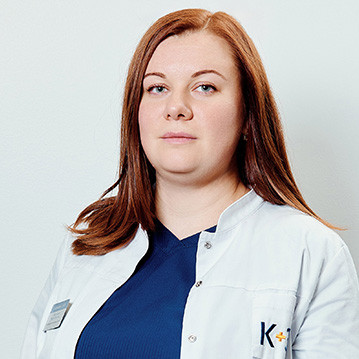
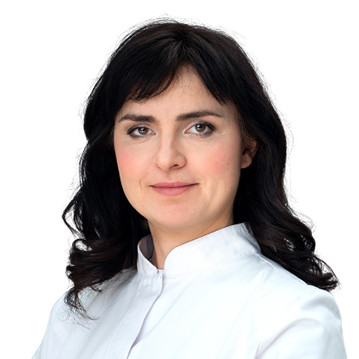
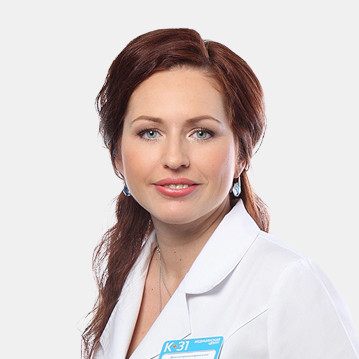
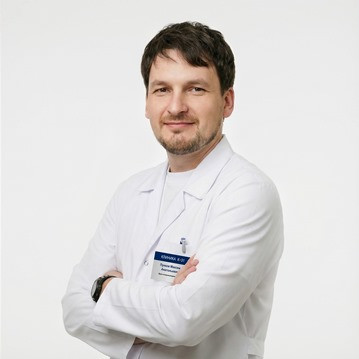
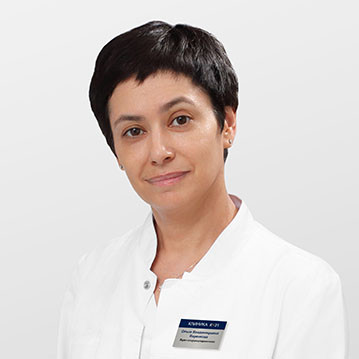
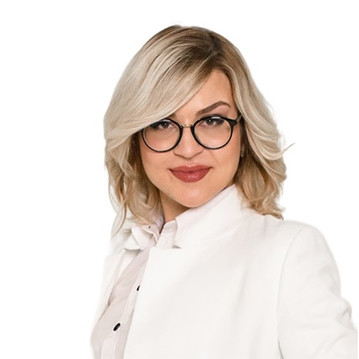
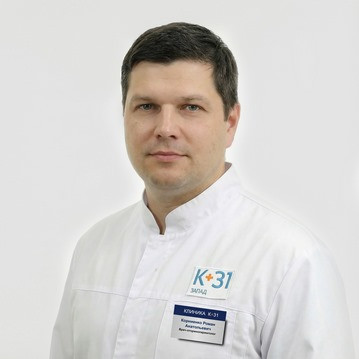
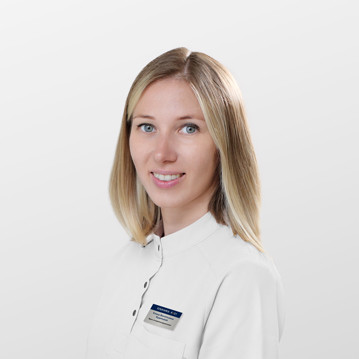
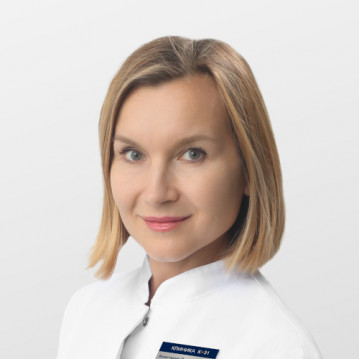
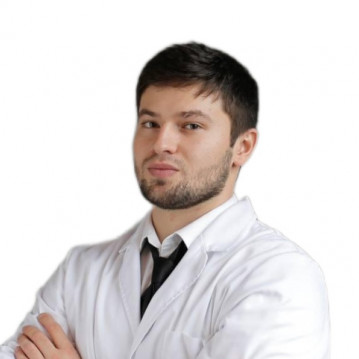

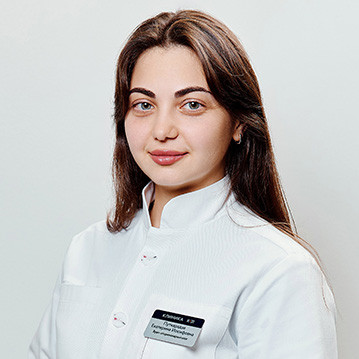
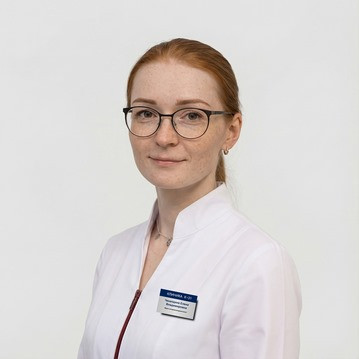
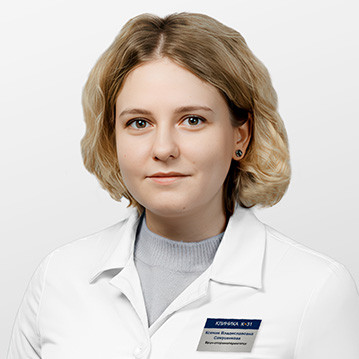
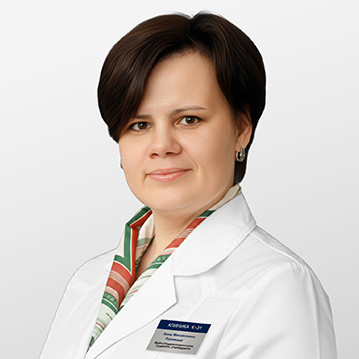

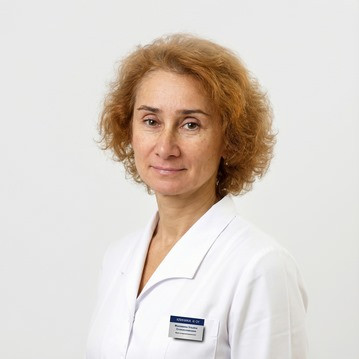







Features of KSVP research
CVEP is a key method in objective audiometry. With its help, otolaryngologists accurately determine the location of hearing loss in both adults and children, including newborns. Using sounds of different frequencies or clicks, doctors stimulate the hearing, then record the reaction using special electrodes. They are placed on the patient's head: one on the top of the head, the second near the ears, and the third on the forehead for grounding. Stimuli are delivered through headphones, which ensures accurate measurements.
KSVP allows you to identify hearing impairment by analyzing changes in the reaction to sound. For example, delay or absence of certain components may indicate an acoustic neuroma or demyelination in multiple sclerosis.
Important! Also, KSVP remains sensitive even when taking medications and if you are in a coma. Thanks to this, the technique is indispensable in neurology and otolaryngology for assessing the condition of patients in critical conditions.
This method is safe and free of discomfort during the procedure. The procedure requires specialized equipment and a highly qualified doctor who correctly performs the study and correctly interprets the results.